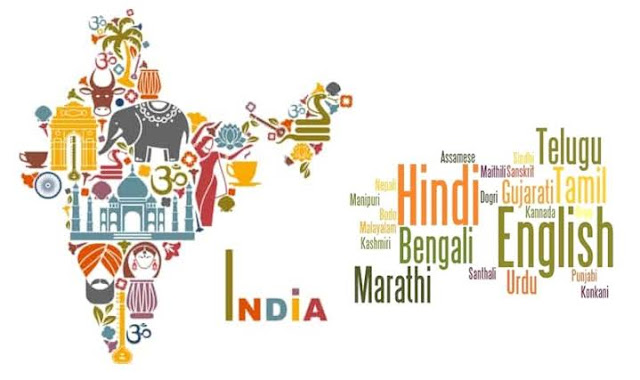IMPORTANT IN INDIAN CONSTITUTION
IMPORTANT OFFICES OF INDIA *OFFICES -MINIMUM AGE-MAXIMUM AGE *President-35 -Nil *Vice President -35-Nil *PM-25-Nil *Ministers-25-Nil *Loksabha Speaker-25-Nil *Loksabha Deputy Speaker -25-Nil *Deputy Chairman of Rajyasabha-30-Nil *Chief Justice of India-Nil-65 *Other Judges of Supreme Court-Nil-65 *MP Loksabha -25-Nil *MP Rajyasabha-30-Nil *Attorney General of India-Nil-65 *Comptroller and Auditor General-Nil-65 *Chairman and members of UPSC-Nil-65 *Governor of state-35-Nil *Chief minister of state-25-Nil *Speaker of LA -25-Nil Deputy Speaker of LA-25-Nil *Chairman of LC-30-Nil *Deputy Chairman of LC-30-Nil *MLA-25-Nil *MLC-30-Nil *Advocate General of State-Nil-62 *Chairman and members of State PSC-Nil-62 *Chief justice of High Court and other Justice of High Court-Nil-62 CONSTITUTIONAL OFFICES OF INDIA *OFFICE-ELECTION/APPOINTMENT BY-OATH-RESIGNATION...




